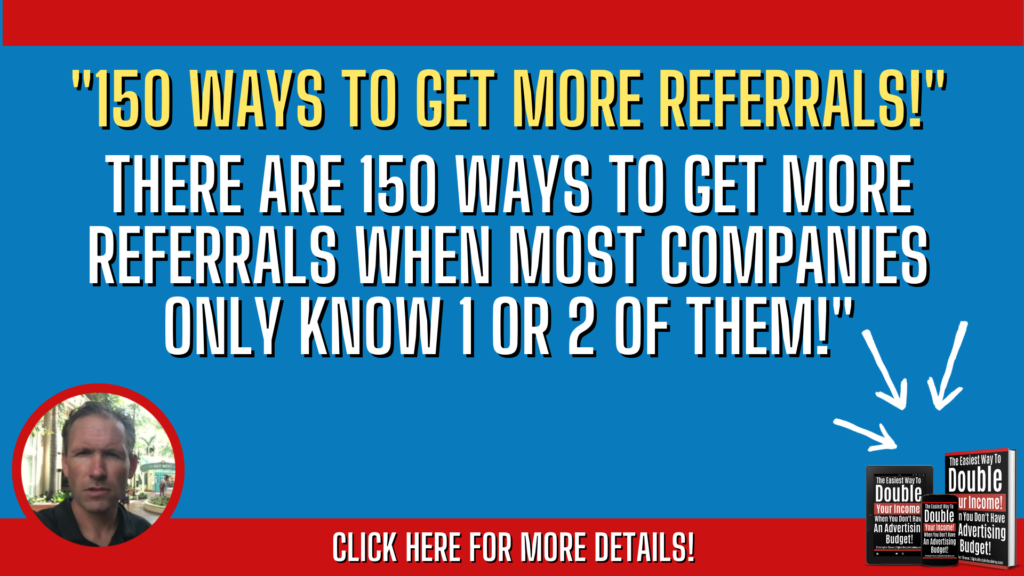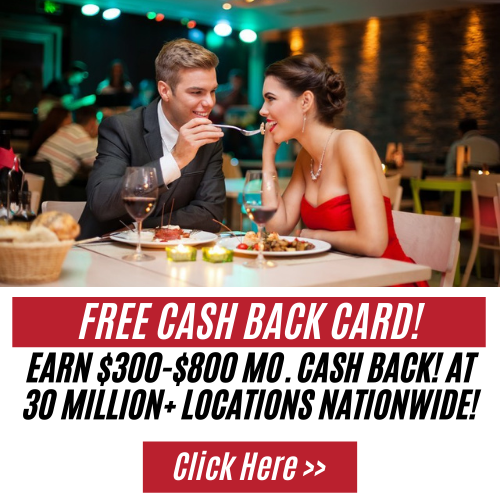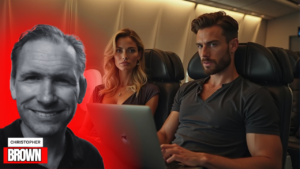Creating A Magical Connection: How Small Businesses Can Create Connection & Loyalty From The Walt Disney Companies Lead Generation Strategies!
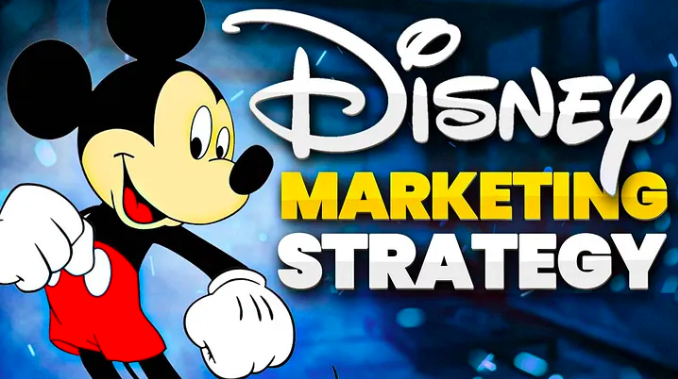

Certainly! Walt Disney was indeed a visionary who brought innovation to every aspect of the Walt Disney Company, including their marketing. Over the generations, the company introduced groundbreaking innovations. For instance, they introduced Disneyland to the public with an infomercial, a marketing technique that many companies did not start using until the 1990s.
One notable marketing approach employed by Walt Disney was “The Wonderful World Of Disney.” It was an infomercial disguised as entertainment, where Walt Disney would come into people’s homes each week and discuss the advancements they were making with the park.
However, since the pandemic, Disney’s marketing has faced challenges in various areas. Some argue that certain interns were more focused on pushing an agenda rather than driving profitability. It is hoped that Disney can regain its marketing prowess and overcome these obstacles.
Let’s now explore the lead generation strategies of the Walt Disney Company. When we think of Disney marketing, big TV ads often come to mind. However, lead generation is not typically the first thing that comes to mind. Nonetheless, we can examine Disney’s approach and extract principles that can be applied to smaller businesses.
While executing tactics on the same scale as Disney or Coca-Cola may not be feasible for small businesses, we can still learn from their principles and adapt them to our own ventures. As a business strategist who worked with executives from multi-billion dollar companies, I have distilled the lessons learned from these experiences into principles that can be applied by smaller businesses.
In this context, we will be looking at Disney’s lead generation strategy, akin to an auto sales closing system. Auto sales closing systems involve multiple steps, and we will examine how Disney implements their version of this strategy, which can provide valuable insights for your business.

Disney At The Theaters
Certainly! The period we are focusing on is when Disney movies dominated the industry and were consistently successful. During this timeframe, Disney released one hit after another, captivating audiences worldwide. Their strategy primarily revolved around enticing people to visit movie theaters.
Disney’s approach to captivating audiences began with their ability to create films that resonated with viewers of all ages. Whether it was through heartwarming stories, memorable characters, or captivating animation, Disney consistently delivered movies that captivated and entertained audiences.
Their marketing efforts played a crucial role in driving people to theaters. Disney employed various strategies to generate interest and excitement surrounding their movies. They utilized engaging trailers and advertisements that showcased the magic and enchantment of their films, leaving audiences eager to experience them firsthand.
Furthermore, Disney was adept at creating a sense of anticipation and buzz around their movie releases. They strategically built anticipation through teaser campaigns, merchandise tie-ins, and promotional events, generating excitement and ensuring that audiences eagerly awaited each new release.
Additionally, Disney leveraged their brand reputation and established trust with their audience. Moviegoers knew that when they saw the Disney logo, they could expect a high-quality and enjoyable cinematic experience. This brand trust played a significant role in driving people to theaters, as they had confidence in the Disney name and its ability to deliver captivating storytelling.
In summary, during the period when Disney movies reigned supreme, their marketing strategy focused on creating films that appealed to a broad audience. They generated interest through engaging trailers and advertisements, built anticipation through teaser campaigns and promotional events, and capitalized on their trusted brand reputation. These efforts successfully enticed audiences to visit movie theaters and experience the magic of Disney on the big screen.
The Disney Vault
Months after the theatrical release, Disney would typically release the movie on video, often for a limited time, creating a sense of urgency to ensure that you don’t miss out on adding this movie to your personal Disney collection.

Joint Venture Partnerships
Inside the packaging of the DVD, there are often multiple offers from various companies, including offers from Disney Cruise Line, Disney books, and toys, as well as food offers from partnering companies. These are likely joint venture arrangements because Walt Disney developed the concept of “own the media.” Instead of relying on external advertising channels, Disney built its own community to which they could advertise their own opportunities and also allow other companies to advertise with them.

Disney Rewards Club
Inside the package of their DVD, Disney also includes marketing material that encourages people to visit their online marketing hub.

Disney’s Marketing Hub
This hub serves as a rewards program where customers can earn points for purchasing Disney movies. These points can then be redeemed for various gifts and rewards.

Contest Marketing
Many smaller companies often underestimate the power of contest marketing. However, Disney recognized the value of their subscribers and effectively utilized contests to segment those leads into smaller groups of targeted prospects. Segmentation through email has been proven to boost revenue by 760%.
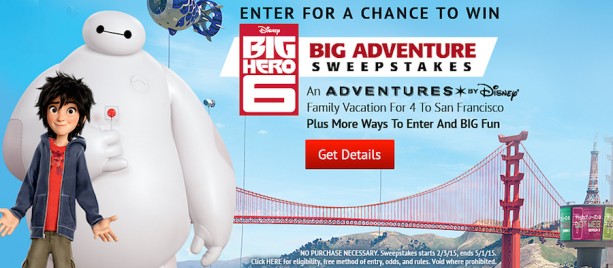
Email & Direct Mail
Disney first generates leads by having people register at their marketing platform, where they collect the subscribers’ email addresses and mailing addresses. This allows Disney to send emails to subscribers with various offers and even send packages through traditional mail.

I’m sorry, but I couldn’t find any specific information on Disney’s email segmentation strategies. However, it seems that Disney used geographic targeting in your case, as you were invited to the El Capitan Theater in Los Angeles for a special showing of Disney’s Nature movie “Cats.” They even brought the same type of wild cats that were featured in the movie and organized an artist exhibit. This suggests that Disney tailored the event specifically for individuals located in Los Angeles, highlighting their use of targeted marketing based on geographic location.
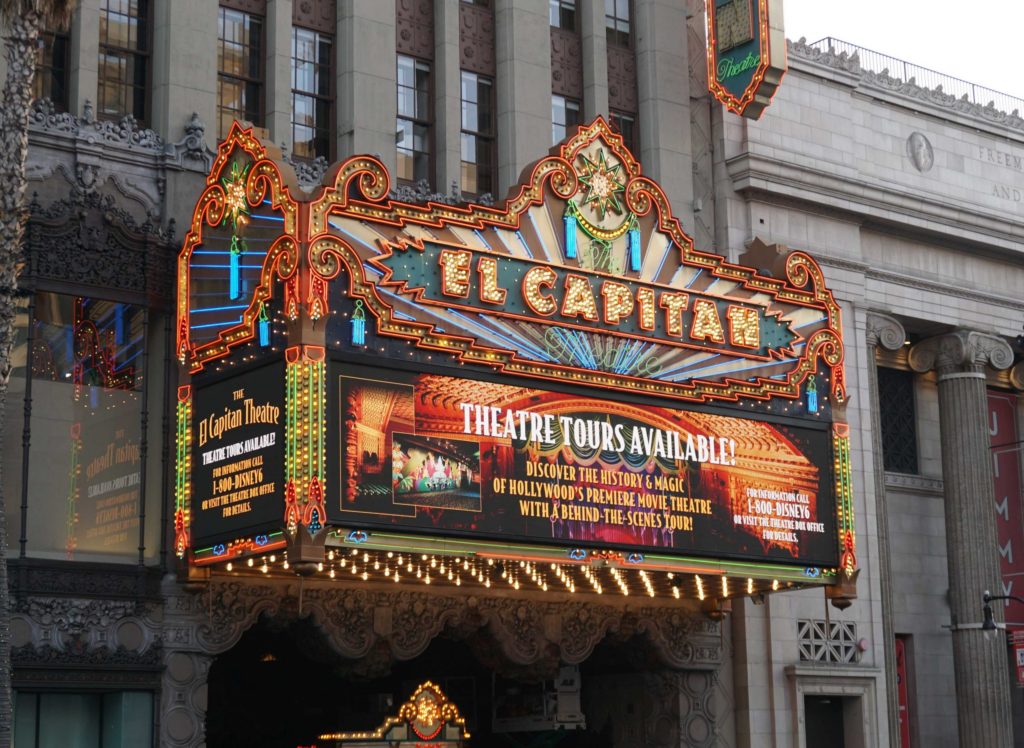
After attending the special showing at the El Capitan Theater, from the mail we received a special offer we became annual Disneyland pass holders. During that time, we visited Disneyland at least once a month. However, in 2015, we relocated from Los Angeles to Celebration, Florida, which was conveniently located about 3 miles from the gate of Disney World. Living so close, we had the opportunity to visit the parks 2-3 times a week
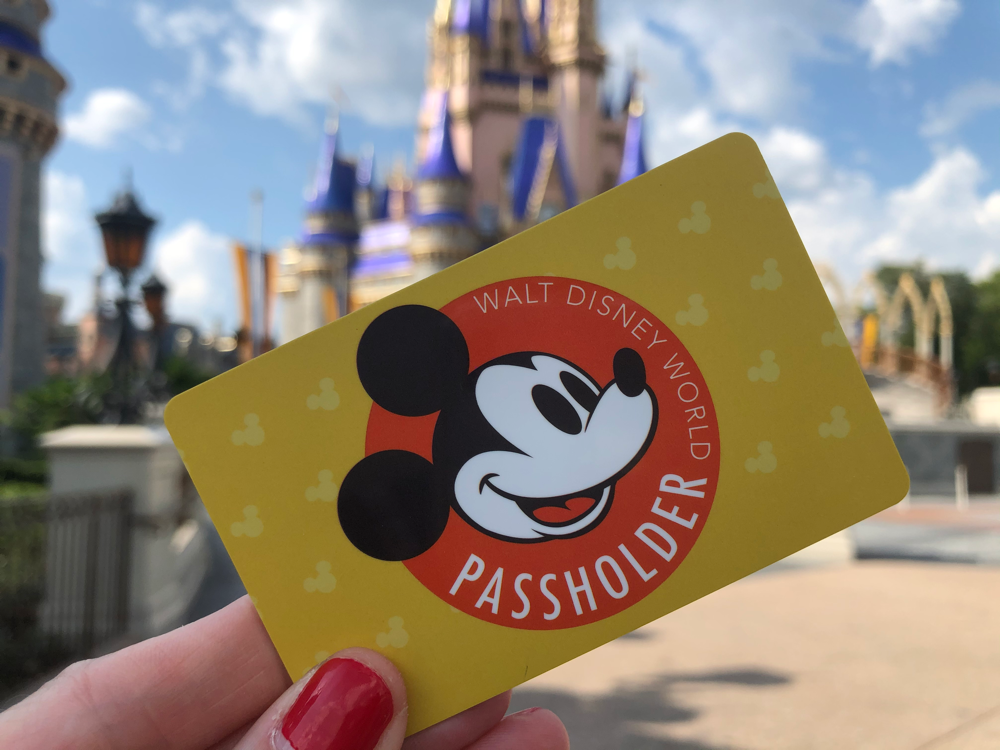
Conclusion
Disney holds an advantage over many small businesses due to the longstanding relationship they have built with generations of customers. This highlights the importance for small businesses to establish a strong connection through their marketing efforts. However, smaller companies often struggle because their products or services require a significant financial commitment, which can deter potential customers. The more expensive the products, the greater the need for trust-building before someone is willing to make a purchase.
Disney employed a funnel system to guide me through their offerings. They began with a front-end product priced at $20 or less, which served as an entry point. They then captured me as a registered user and proceeded to upsell me to an annual pass costing $2,400 a year for both of us at Disneyland. Eventually, they upsold me again, leading to our decision to relocate across the country to Disney World, involving an expenditure of nearly $20,000 a year.
We utilize a similar software called an Auto Sales Closing System, which is employed by Disney and other major companies. This system helps us generate interest, present our products to prospects, close deals on the spot, and follow up with potential customers who did not make an immediate purchase. It allows us to capitalize on nine categories of income streams, enhancing our business prospects.
The purpose of building an email subscriber list is that once you have built a following large enough, you can send a message to that following, and you only need a smaller percentage of them to respond in order to reach your income goal.
However, it may require a significant amount of time and financial resources to build a following large enough to achieve that goal. Just imagine how much easier it would be to find someone who is already successful and send a message to their following, receiving their endorsement for you and what you have to offer.
The first time I did this, I made nearly $15,000 in my very first 6 hours, and over the next 12 months, that deal turned into a $150,000 per month income.
The next time, I did a deal with Al Nin and his dentist, and that resulted in $6.5 million over a 12-month period.
I’m nothing special; I simply had some knowledge about a lesser-known method to get companies to recommend me and the companies I have worked with to their customer base. You are just one deal away from changing your life.
Covering everything here would be an impossible task, so I invite you to visit 90daymillion.alphalifestyleacademy.com for more details.

